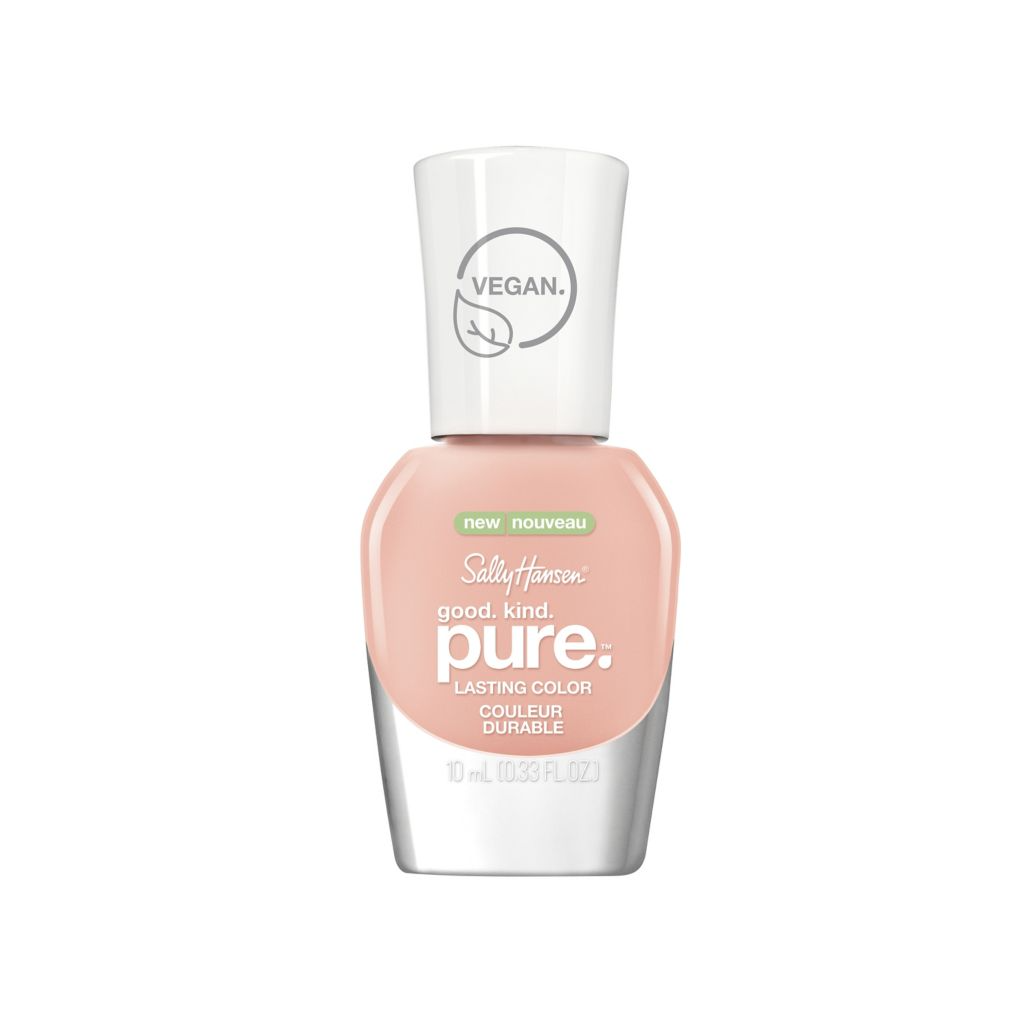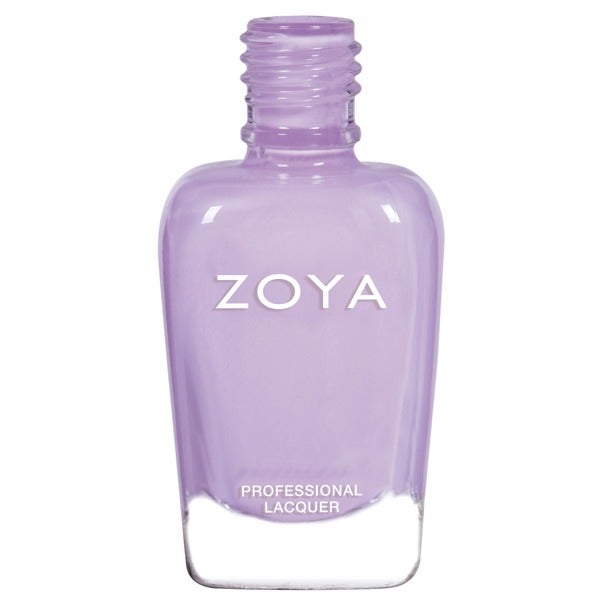If you're a gel nail polish person, you probably like that your manicures last for a good two to three weeks without chipping. That's why I typically take a soft gel polish over a regular one. However, in recent months, I've reconsidered the habit as I've noticed a rise in concerns around the allergies caused by ingredients that are commonly found in gel nail polish formulas.
Google search around "Gel-X allergy" and "gel nail allergy" have spiked this summer, sparked by people on TikTok talking about their experiences with allergic reactions to soft gel (made from a blend of acrylic molecules that lengthens the nail) and at-home gel kits, specifically. If you're using gels or artificial nails of any kind, seeing videos like these might make you want to give up your long-wear polish or extensions for good.
AdvertisementADVERTISEMENT
But it's important to understand that the rise in popularity of these gel nail products naturally creates more instances of adverse reactions. So instead of fear mongering, we spoke to a few professionals — a seasoned nail artist plus an allergist and immunologist — to get a better understanding of what causes these reactions, how they show up (it's not always a reaction on or around your nails), plus the indicators that you might be at risk for developing an allergy.
How do gel nail allergies happen?
Like all allergies, it happens when there's an immune response in the body to a specific allergen. For a gel polish loyalist, it's quite possible that this reaction may come out of the blue. "All allergies are developed over time — it is impossible to develop [an allergy] on very first exposure as your immune system needs to see something at least once to develop a hypersensitivity to it," explains Purvi Parikh, MD, an allergist immunologist with Allergy & Asthma Network. "If you do get an allergic reaction the first time, you likely have been exposed to that chemical elsewhere unknowingly."
According to session manicurist Ami Streets, a piece of the puzzle is that gel polish also has a "more complex formulation and ingredient list" compared to traditional nail polish. "In addition, using a UV lamp in the application process can trigger those with sensitivities," Ami adds. "However, I also believe due to the amount of DIY kits now available for purchase without completing brand specific training, that improper application, mixing brands, and lamp curing compatibility all play a huge factor in the increased risk of adverse reactions. For the best and safest results use same brand products and their specific brand lamp, or see a qualified and insured nail tech for your treatment."
AdvertisementADVERTISEMENT
Which chemicals in gel nail polish can cause an allergy?
Technically, any chemical can trigger an allergic reaction. However the ones that are commonly cited as the "cause" of a gel nail allergy are acrylates, the family of chemicals that make gel polish harden or "cure" under UV light, according to Dr Parikh.
Some specific acrylate irritants to be aware of include HEMA (hydroxyethyl methacrylate), in the gel product itself as well as primers, base coats, top coats and bonders. Ami also notes cyanoacrylate, one of the main ingredients in adhesives used to attach tips when doing acrylic application or applying artificial nails, and urethane methacrylate (used in gel products to give nails enhanced durability) as common irritants.
How do I know if I have an allergy to gel nail polish?
If your nails are itching, burning, swollen, peeling or you're experiencing contact dermatitis (a type of eczema) in areas where your nails have touched your skin — for example, if you've rubbed your eyes and they're now irritated — those are key signs to see a doctor. "Contact allergies in general are on the rise due to increased use of these chemicals," explains Dr Parikh, who adds that a gel nail allergy could show up in swelling of the eyelids, face and neck, even if there's no initial discomfort on or around the nail bed.
How is a gel allergy treated?
If you’re experiencing any of the symptoms previously mentioned, it's important you see a doctor. "A board certified allergist or dermatologist will diagnose the allergy through clinical history, exam and patch testing," says Dr Parikh. "They may treat the rashes and reactions with topical or oral steroids depending how severe the reaction is."
AdvertisementADVERTISEMENT
Moreover, Ami adds, if you suspect an allergy or sensitivity, immediately remove your gel polish by filing the top layer and free edge before gently soaking with acetone. Wash the area thoroughly afterwards with a mild hypoallergenic soap and water.
What are the indicators that I could be at risk of developing a gel nail allergy?
Are certain people more at risk for developing an allergy to gels or artificial nail products with acrylates? "If you already have sensitive skin or a history of contact allergy to other chemicals or metals, you are at higher risk of developing this allergy," says Dr Parikh. "Also, if you are a highly allergic individual in general — previous food, drug, environmental allergies — you are at higher risk."
If this is you, then it's a good idea to opt for regular polish instead of gels or anything that contains resin that hardens under a light. "For those with a history of skin sensitivities, a water-based polish is less likely to cause any reaction due to its gentle formula," offers Ami. (If you need some recommendations, try Zoya or Sally Hansen's Good Kind Pure nail polish collection.) "If enhancement in length and shape is also required, press-on nails are an excellent alternative — just make sure you use sticker tabs for application as opposed to a glue which may contain irritants," says Ami.
At Refinery29, we’re here to help you navigate this overwhelming world of stuff. All of our market picks are independently selected and curated by the editorial team. All product details reflect the price and availability at the time of publication. If you buy something we link to on our site, Refinery29 may earn commission.
AdvertisementADVERTISEMENT








